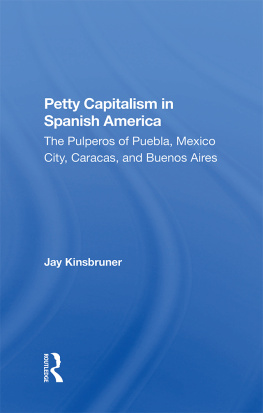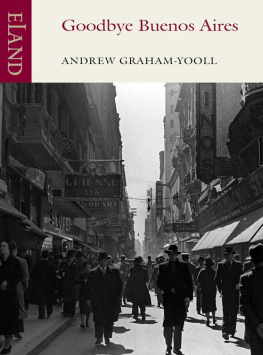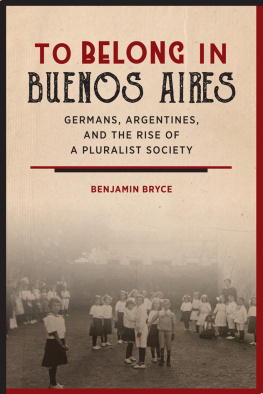Petty Capitalism in Spanish America
Dellplain Latin American Studies
Petty Capitalism in Spanish America: The Pulperos of Puebla, Mexico City, Caracas, and Buenos Aires
Jay Kinsbruner
This book describes how people of limited means within the Spanish American economy managed to get started and survive as entrepreneurs between 1750 and 1850. Based on ten years of research and a wide variety of primary and secondary sources, Professor Kinsbruner's cross-cultural profile of small retail grocers offers significant insights that contradict many assumptions of dependency theory.
The study considers profits, business longevity, multiple store ownership, the place of women, governmental intervention and support, and the means by which storekeepers obtained credit to acquire inventories. This is an important case study of the roots of capitalism that sheds new light on the history of economic development in Latin America.
Jay Kinsbruner is professor of history at Queens College and at the graduate center of the City University of New York.
DELLPLAIN LATIN AMERICAN STUDIES
PUBLISHED IN COOPERATION WITH THE DEPARTMENT OF GEOGRAPHY SYRACUSE UNIVERSITY
EDITOR
David J. Robinson
Syracuse University
EDITORIAL ADVISORY COMMITTEE
William M. Denevan
University of Wisconsin
John H. Galloway
University of Toronto
John Lynch
University of London
Robert McCaa
University of Minnesota
Linda Newson
University of London
EDITORIAL ASSISTANT
Kay Steinmetz
Petty Capitalism in Spanish America
The Pulperos of Puebla, Mexico City, Caracas, and Buenos Aires
Jay Kinsbruner
Dellplain Latin American Studies, No. 21
First published 1987 by Westview Press
Published 2019 by Routledge
52 Vanderbilt Avenue, New York, NY 10017
2 Park Square, Milton Park, Abingdon, Oxon OX14 4RN
Routledge is an imprint of the Taylor & Francis Group, an informa business
Copyright 1987 by the Department of Geography, Syracuse University
All rights reserved. No part of this book may be reprinted or reproduced or utilised in any form or by any electronic, mechanical, or other means, now known or hereafter invented, including photocopying and recording, or in any information storage or retrieval system, without permission in writing from the publishers.
Notice:
Product or corporate names may be trademarks or registered trademarks, and are used only for identification and explanation without intent to infringe.
Library of Congress Catalog Card Number: 86-51526
ISBN 13: 978-0-367-28281-3 (hbk)
for Jennifer and Mieca
This book is a study of small retail grocers and their grocery stores in several Spanish American cities from roughly 1750 to 1850. In examining each city I attempted to discover specific things about the grocers and their stores, but I did not force a predetermined comparative structure upon the documentation. Rather, I permitted the documentation to contribute to an overall picture. The book is a comparative study in that similar matters were explored wherever the documentation allowed.
Many aspects of the public and private lives of the grocers are considered in this book, but my central concern has been to produce a valid economic profile. To do this it was necessary to study the grocers in more than one city. Each city chosen fulfilled a specific need of the project. Puebla was chosen because it was an interior provincial city. Mexico City commanded attention because it was the most populous city in Spanish America, the capital of first a great viceroyalty and subsequently a nation. Caracas was a modestly sized capital city. Buenos Aires was a palpably business-oriented city, one that was far removed from the others studied, and one that was impressive as the capital of a viceroyalty and later a nation. The grocers of San Juan, Puerto Rico, were studied to determine what differences might have prevailed in the Caribbean. Because these were few, I have made only references to San Juan. The grocers of New York City were studied for international perspective, and a discussion of them appears in the conclusion.
Studying the grocers in so many different cities presented innumerable problems. Especially nettlesome was the unevenness of the documentation among the cities. One of the reasons that there have been few cross-cultural historical studies for Spanish America is that it is rarely possible to address precisely the same questions in two countries because the nature of the documentation varies in both quality and quantity. The more countries that are added, or in the present case cities, the more the problem is exacerbated. Thus, in the present instance it was not possible to establish rigid methodological criteria for comparative purposes.
Beyond confronting the large problems of cross-cultural research, there are smaller matters with which to contend. The basic primary sources for this study were censuses, wills, intestate proceedings, company contracts, and litigation. One can be overly confident of the validity of these kinds of documents. Take, for instance, the matter of two lists of store owners for one city, separated in time by a few years. The temptation has been strong for investigators to take such censuses on face value and determine such matters as business longevity, but even a simple and straightforward store census may be fundamentally inaccurate. That is, in many places there were unenumerated partners who appeared as store "owners" on a subsequent store census. This is sometimes the case with partner-wives. In some places this would not be a major problem because of adherence to traditional name forming. But in Mexico the wives frequently employed only their maiden names. In both instances the two censuses really do not demonstrate business longevity or the lack of it. Many stores survived longer than the documents suggest. Further, sometimes store managers were listed as if they were the owners, whether they were invested partners or not. Even when a store was sold the manager may have stayed on and been the one listed in the census.
Other kinds of censuses mast be used with discretion. In some places the enumerators employed varying criteria, and this prevailed even within cities and for a single census. Sometimes in a nominal or property census there is what amounts to secondary information that was casually taken and manifestly inaccurate. Some censuses employed the individual's full name; others did not. Even within a single census the practice often varied within a particular city. Thus, Juan Blanco Mello of one part of a city may well be the Juan Blanco (or even the Juan Mello) of a different part of the city. But more troublesome, the Juan Blanco Mello of one city, section, street, or even house in one year may in fact not have been the Juan Blanco Mello of the same location at the same moment, no less some time later. We may be dealing with near relatives of the same name. While this tells us much, it tells far less than some have surmised.
Even that most sanctified of primary documents, the last will and testament, must be used with caution. One person's memory, recorded at a most inauspicious moment in perhaps a long life, was sometimes at odds, understandably enough, with the facts. But even when the will was a precautionary instrument there were sometimes errors. Some testators filed more than one will over the years. Those studying a long time span may be lucky enough to encounter these additional wills (lucky indeed when the wills may have been recorded by different notaries, and the investigator may not have been studying the subsequent notaries). I have seen examples of more accurate factual presentation in a later will, including die mention of previously held property and continuing long-standing debt. The basic character of wills varied regionally. Those of Caracas and San Juan, for instance, were very specific, with the testator often itemizing personal wealth. Mexican wills, on the other hand, often were more general statements.












